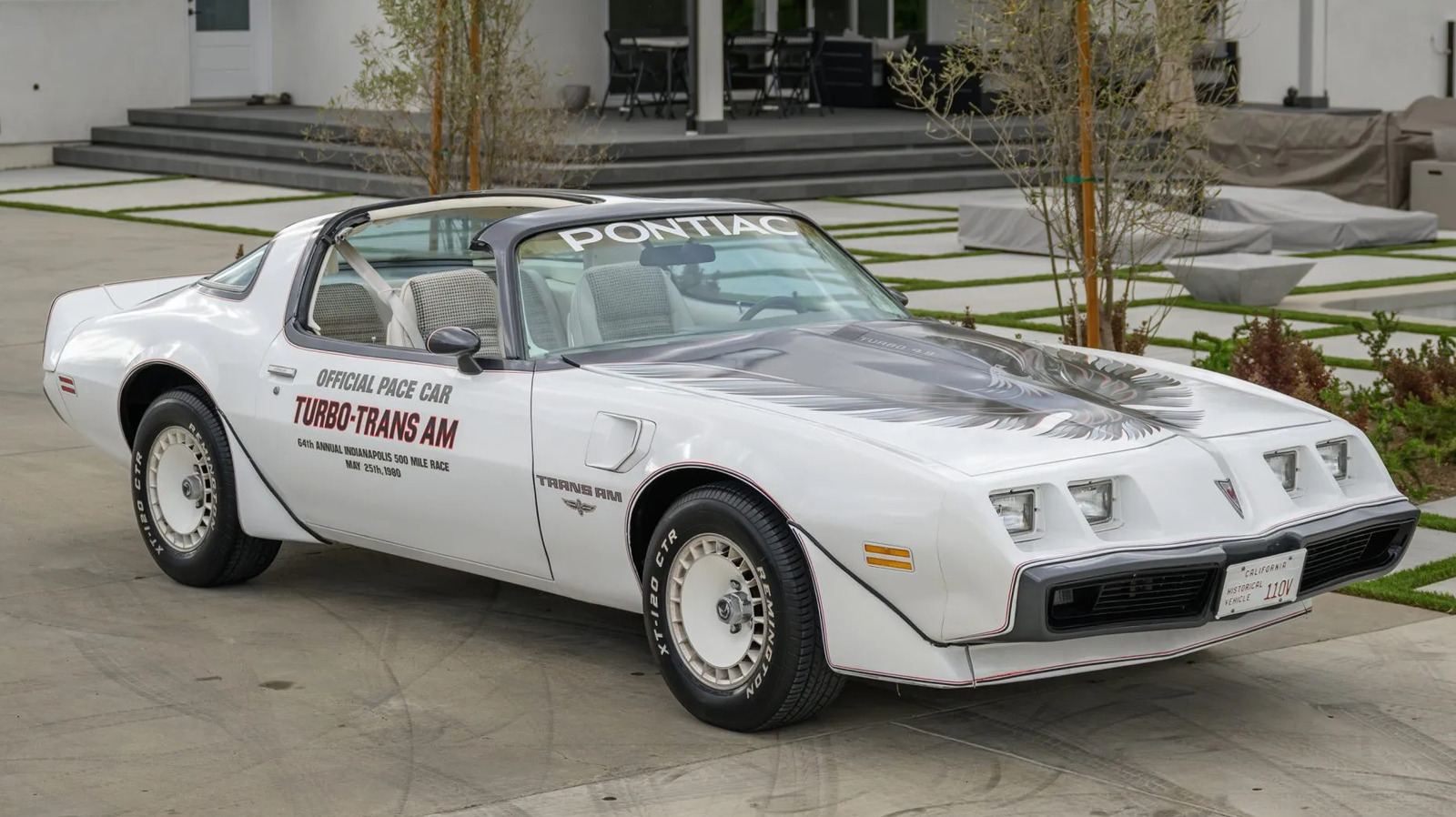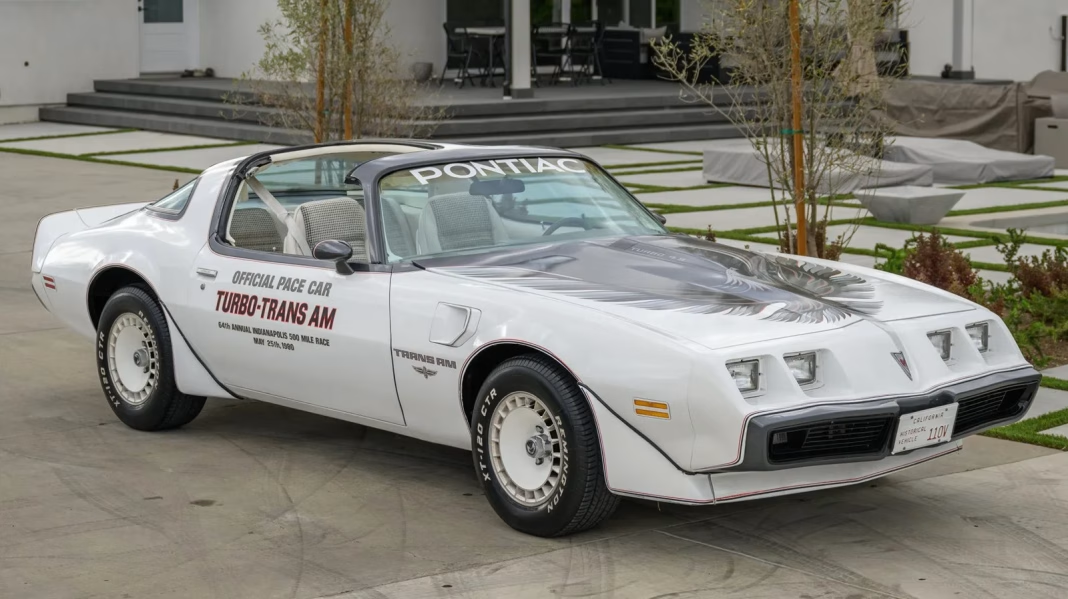Turbocharging a carbureted engine might sound like a wild idea, but it’s not as far-fetched as you might think. With the right modifications, you can give your classic engine a serious boost in performance. Let’s dive into how you can make this happen and what you need to consider along the way.
What Does Turbocharging a Carbureted Engine Involve?
Turbocharging essentially forces more air into the engine, allowing it to burn more fuel and produce more power. The challenge with carbureted engines is that they rely on a different method of fuel delivery compared to modern fuel-injected systems. However, with some clever tweaks, you can adapt a turbocharger to work with a carburetor.
First off, you’ll need to select the right turbocharger. Smaller turbos are generally better for carbureted setups because they spool up quickly and provide boost at lower RPMs. This is crucial since carburetors can struggle with fuel delivery at higher boost levels.
Next, you’ll want to consider the intake and exhaust setup. A well-designed exhaust manifold will help the turbo spool faster, while a properly sized intake will ensure that the engine receives adequate airflow. Pay attention to the placement of the turbo as well; ideally, it should be close to the engine to minimize lag.
How Do You Manage Fuel Delivery?
One of the biggest hurdles in turbocharging a carbureted engine is managing fuel delivery. Unlike fuel injection, which can adjust the fuel-air mixture on the fly, carburetors have a fixed setup. This means you’ll need to modify your carburetor to handle the increased airflow and pressure.
A common approach is to use a blow-through setup, where the turbocharger is placed between the carburetor and the engine. This allows the turbo to pressurize the air-fuel mixture before it enters the combustion chamber. You might need to upgrade your carburetor jets to ensure that enough fuel is delivered under boost.
Another option is to use a fuel pressure regulator that can adjust fuel pressure based on boost levels. This way, you can maintain the right air-fuel ratio, which is critical for engine performance and longevity.
What About Engine Internals?
When you start adding boost, you also need to think about the engine’s internals. Carbureted engines, especially older ones, may not be built to handle the increased stress that comes with turbocharging. Upgrading components like pistons, rods, and gaskets can help ensure your engine can handle the extra power without blowing up.
Consider using forged internals, which are stronger and can withstand higher pressures. Additionally, a good intercooler can help cool the intake air, making your engine run more efficiently and reducing the risk of knock.
Real-World Examples of Turbocharged Carbureted Engines
There are plenty of enthusiasts who have successfully turbocharged their carbureted engines, showcasing that it can be done with the right approach. For instance, some classic muscle car owners have taken their beloved vehicles and added turbos to create a unique blend of vintage style and modern performance.
One notable example is the turbocharged small-block Chevy engines that have gained popularity in the hot-rodding community. These setups often feature a blow-through carburetor, upgraded internals, and a custom exhaust system, resulting in impressive power gains while maintaining the classic feel of a carbureted engine.
What Should You Keep in Mind?
While turbocharging a carbureted engine can be rewarding, it’s essential to approach the project with caution. Start with a solid foundation—make sure your engine is in good condition before adding any forced induction.
Also, be prepared for some trial and error. Tuning a turbocharged carbureted engine can be tricky, and you might need to make adjustments to get everything running smoothly. Patience is key here, as is a willingness to learn from any setbacks.
The big takeaway? Turbocharging a carbureted engine isn’t about perfection—it’s about smarter adjustments. Start with one change this week, and you’ll likely spot the difference by month’s end. Whether it’s selecting the right turbo or tweaking your carburetor, each step brings you closer to that exhilarating boost in performance.


